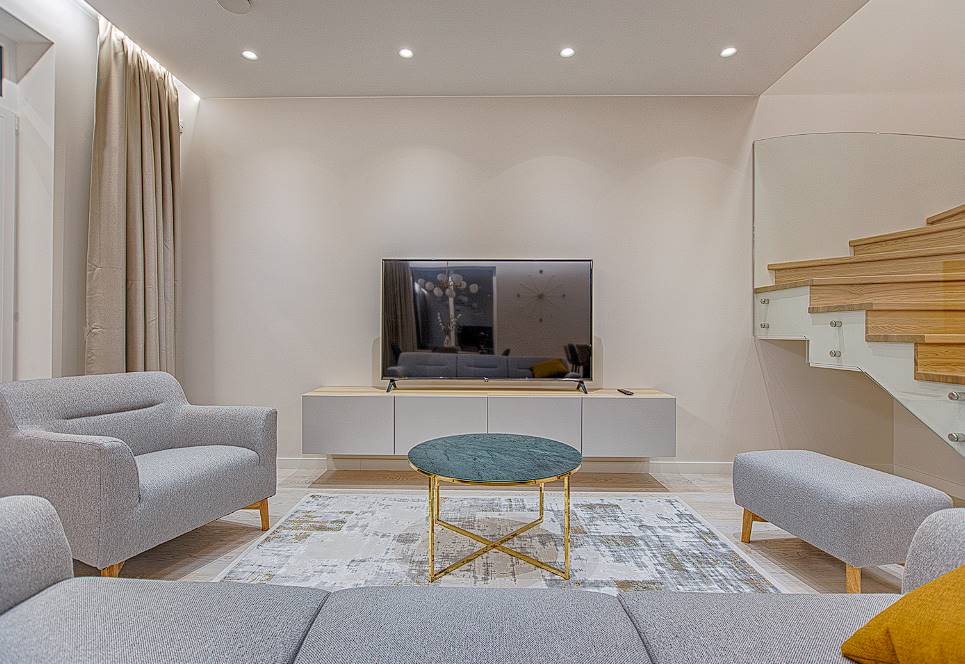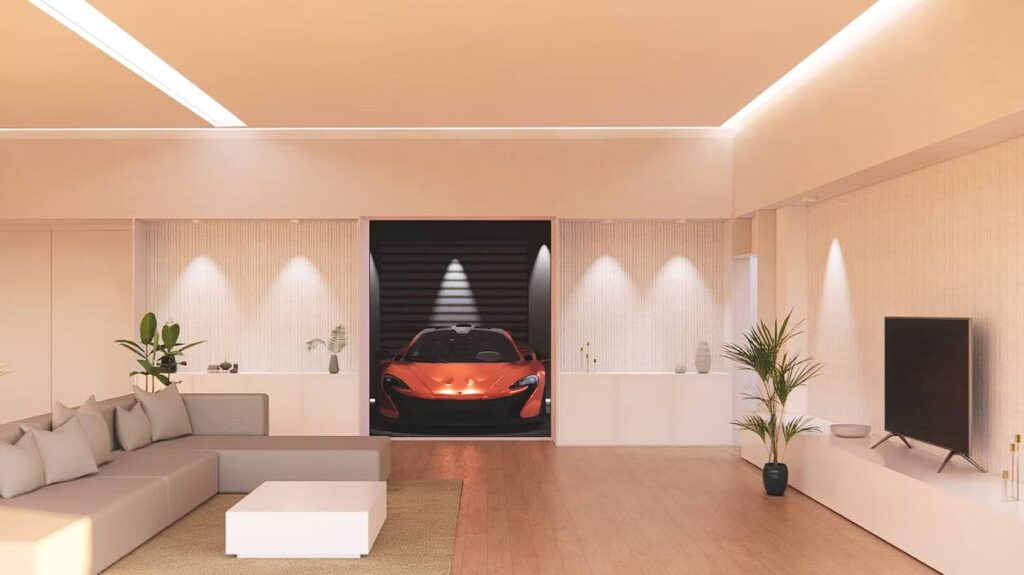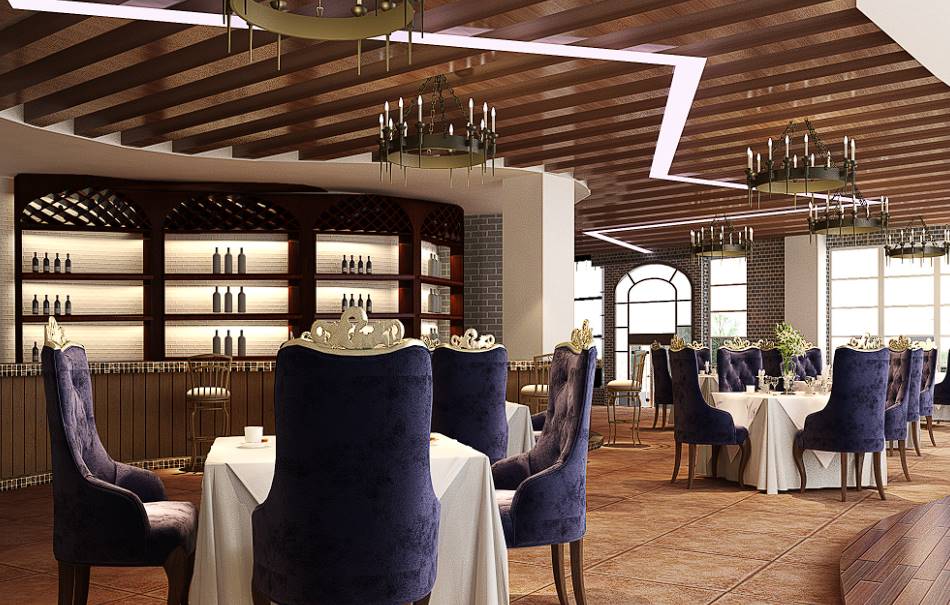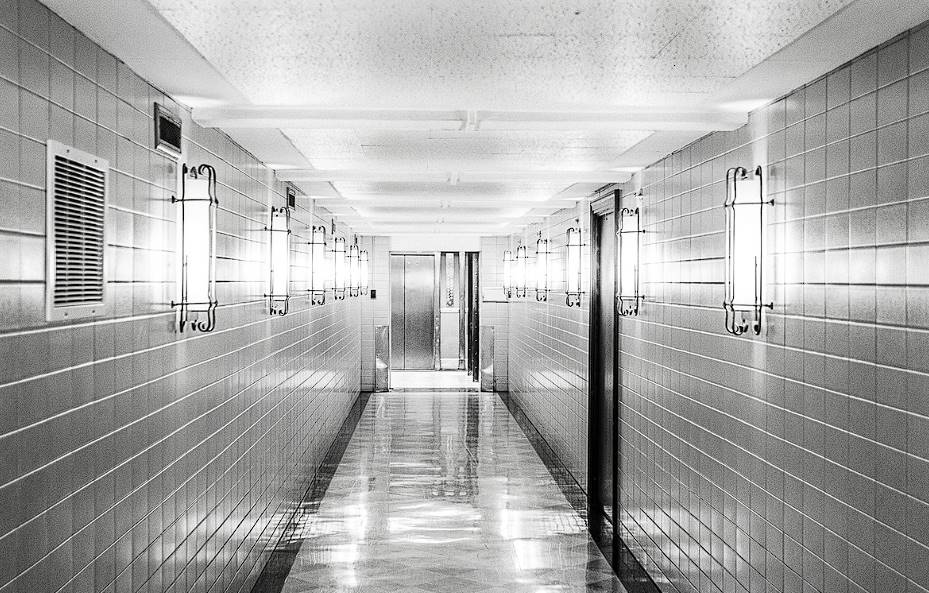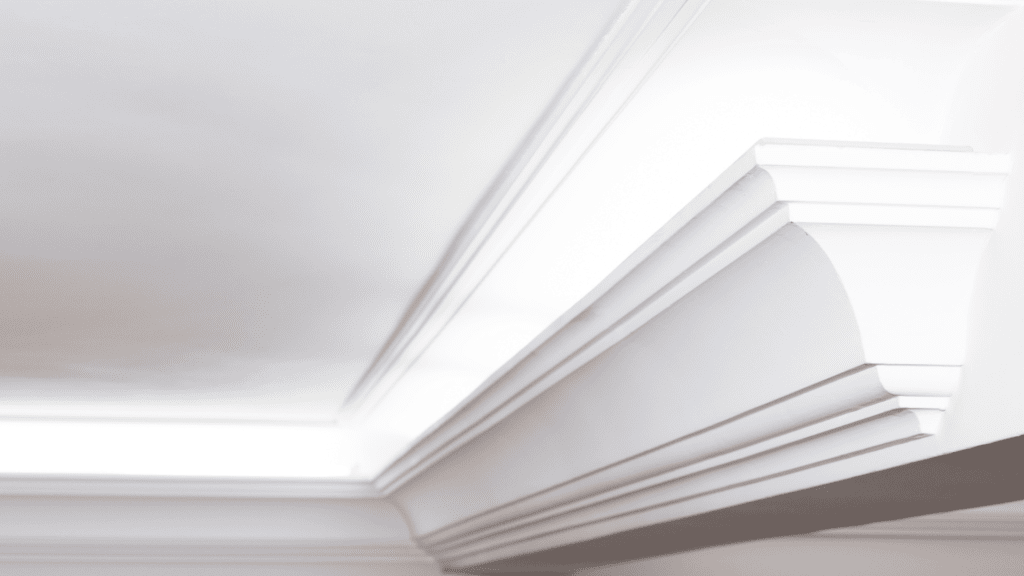Are you thinking about installing suspended ceilings as part of your current project? If that's the case, you've found the ideal site! Drop ceilings (sometimes called false ceilings) or suspended ceilings (often tin ceilings) have many practical and aesthetic uses. But there is a wide variety of suspended ceiling options; how do you know which one is right for you? Here, we'll dive deeply into suspended ceilings and investigate the numerous options available.
For brevity's sake, suspended ceilings come in a wide variety of designs and materials to fulfil any need. Acoustic, gypsum, metal, and wooden are the four primary categories. Gypsum ceilings are versatile and can be designed to fit any space, whereas acoustic ceilings are best for reducing ambient noise. Wooden ceilings convey cosiness and natural charm, whereas metal ceilings are sturdy and contemporary. If you want to choose the best-suspended ceiling for your room, you need to familiarise yourself with the features of each type.
These four classes are, however, only the beginning. In the next piece, we'll examine the many kinds of suspended ceilings in detail, discussing their benefits and uses. We'll examine how acoustic ceilings can make a room quieter and less reverberant. Thanks to their adaptability and design potential, we'll show you how gypsum ceilings can be altered to your heart's content. We will also highlight the natural beauty of wood ceilings and the modern appeal of metal ones. After reading this article, you'll have the knowledge to pick a suspended ceiling that not only does its job but also looks amazing.
What Is A Suspended Ceiling?
There is no single definition for suspension. Your youngster may need some alone time at home to think about the effects of his or her behaviour at school if this is the case. On the other hand, "lowering one's suspension" can imply spending a lot of money to make your car unable to travel over speed bumps (a wise decision, we're sure). However, what about ceiling suspension? Let's get down to brass tacks, discuss suspended ceilings, and where to find the best ones.
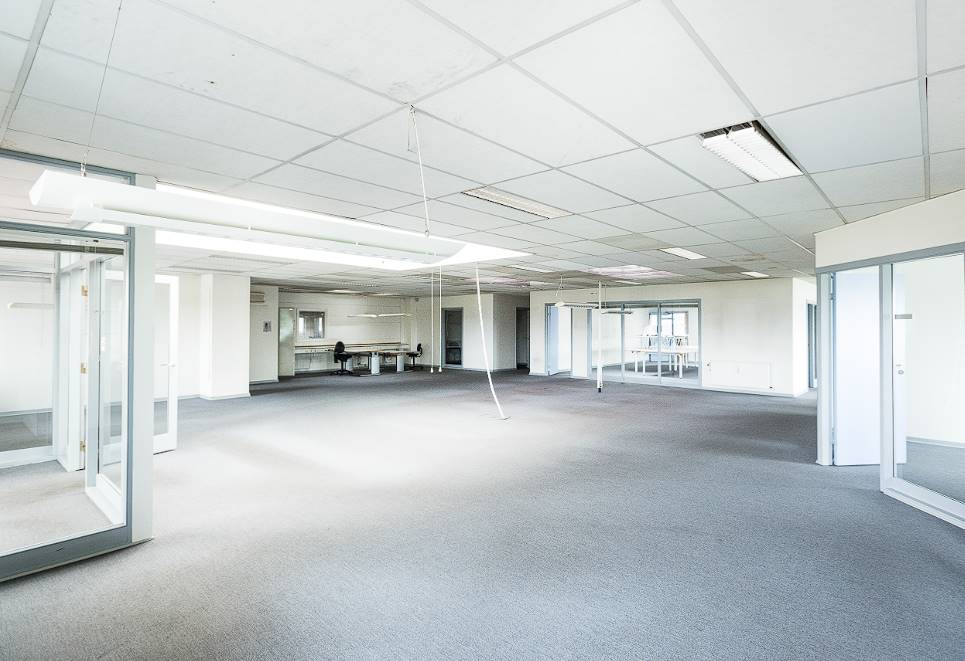
So, Exactly What Are They?
A suspended ceiling is a style of interior decoration in which the ceiling is draped from the building's rafters. The roof and a ceiling deck with structural framing joints can support it. Acoustic tiles made of mineral fibre are typically installed on a steel grid to form a suspended ceiling. The acoustic tiles are suspended from the ceiling using metal wires and rods of varying lengths to accommodate the roof's pitch and the finished product's desired look.
Why Choose Suspended Ceilings?
Suspended ceilings offer a lot of advantages and are becoming popular. So take a peek, shall we?
Improved Soundproofing
Dressing ambient noise is a major benefit of installing a suspended ceiling. The air gap between the acoustic tiles and the ceiling deck is another component of their noise-reducing design.
Components Of Structure Are Easily Accessible
Pipes and electrical wiring can be swiftly and easily replaced thanks to the accessibility provided by suspended ceilings in the event of maintenance or repair. When maintenance is needed, workers can move the tiles to the side and replace them once they're done. Simple!
Energy Efficiency
In addition to reducing noise, suspended ceilings help maintain a comfortable temperature in the room. As a result of closing the air gap between the floor and ceiling deck, less energy is expended to maintain a comfortable temperature.
Aesthetically Pleasing
Suspended ceilings are beautiful, and the tiles may be designed to match any decor. In addition, you have many colour options to give your home or workplace the modern makeover it needs. Talk to the helpful staff at Plaster Wholesalers about the many designs and styles available.
Hygiene Benefits
Antimicrobial treatments can be applied to suspended ceilings in humid rooms like kitchens and bathrooms to prevent the transmission of germs and the development of mould and bacteria.
What Are The Types Of Suspended Ceilings?
Drop ceilings, false ceilings, and suspended ceilings all refer to supplementary ceilings suspended from the primary structural ceiling. They serve many functions in commercial and residential structures, including enhancing aesthetics, insulating against noise, concealing eyesores, and coordinating with lighting and HVAC. Different kinds of drop ceilings include:
Acoustic Ceilings
An acoustic ceiling often called a drop ceiling or suspended ceiling, regulates and improves the quality of the room's or building's acoustics. It can be found in residential and commercial structures, including places of business, educational institutions, medical facilities, and entertainment venues.
Suspended from the structural ceiling above, acoustic ceilings are made from a grid structure into which tiles or panels are set. These tiles, typically made of fibreglass, mineral fibre, or perforated metal, can be used to lessen the overall volume of noise and diminish reverberation within a space.
An acoustic ceiling's principal function is to improve the acoustics of a room by dampening echo and other echo-related problems. As a result, reduced background noise, enhanced voice intelligibility, and better overall sound quality all contribute to a more pleasant and productive working environment.
Suspended ceilings are beneficial for more than just their acoustic qualities. In addition to improving thermal insulation and energy efficiency, they can conceal unsightly wires, pipes, and ductwork that run over the ceiling.
Gypsum Board Ceilings
Ceilings made of gypsum board, also known as drywall or plasterboard, are popular for homes and businesses. These ceilings are constructed primarily of gypsum boards, often known as drywall or plasterboard.
A gypsum core is placed between two layers of paper or fibreglass to create gypsum boards. They are a breeze to work with, weigh next to nothing, and provide excellent fire protection. To install a gypsum board ceiling, builders fasten the boards to a metal or wooden structure that hangs from the building's structural roof.
After the gypsum boards have been fastened to the structure, joint compound and tape are applied to achieve a uniform and smooth finish. Next, the seams are sanded and finished for a unified look.
Ceilings made of gypsum board have various benefits. They may be painted or decorated with little effort due to their smooth surface. The sound-absorbing characteristics of gypsum boards also help improve the space's acoustics. They are also versatile in trimming and reshaping to fit a wide range of applications.
Furthermore, gypsum board ceilings are more cost-effective and need less time to install than alternative ceiling materials. They also have a great tolerance for damp conditions and are an excellent option for spaces like bathrooms and kitchens.
Metal Ceilings
Ceilings composed of metal, such as aluminium or steel, are lightweight, long-lasting, and impervious to moisture and corrosion. As a result, they are frequently utilised in sterile environments like hospitals, labs, and clean rooms. In addition, metal ceilings have various aesthetic and practical features, including a wide selection of coatings and perforation patterns.
Wood Ceilings
The term "wood ceiling" is used to describe many types of ceiling finishes that are created utilising wood. Wooden planks or panels are installed on the ceiling surface to achieve this natural and aesthetically pleasing effect. Ceilings made of wood are common in both businesses and homes because of their natural beauty, durability, and adaptability.
Hardwoods like maple, oak, mahogany, or softer woods like cedar or pine are all suitable for constructing wooden ceilings. Several criteria influence the wood selection, including cost, personal taste, and expected upkeep.
There are many advantages to having a wood ceiling. They provide a touch of natural beauty and cosiness to every area they are placed in. Wood has great acoustic characteristics that make a room quieter and more comfortable. Wood is a renewable resource and an eco-friendly material option for ceilings because of its long lifespan.
Groove, Tongue beadboard, and coffered wood ceilings are possible types and patterns. The planks or panels might be left unfinished, stained, or painted to suit the room's aesthetic. The look you want to achieve and how much upkeep you're willing to put in will determine your finish.
PVC Ceilings
Polyvinyl chloride (PVC) ceilings are mould and mildew resistant, don't absorb water, and can be cleaned quickly and easily. As a result, they find widespread application in wet environments, including restrooms, kitchens, and swimming pools. In addition, PVC ceiling tiles provide a wide range of aesthetic options due to their wide variety of styles and colours.
Suspended ceilings are significant due to their usefulness and attractiveness. They allow for the concealment of unsightly piping, electrical cables, and mechanical components. As a result of blocking the space between floors or rooms, suspended ceilings also aid in acoustic control. In addition, they provide for more efficient use of a room by allowing for the arrangement of lighting, air ducts, and other elements. Suspended ceilings can also improve the aesthetics of space by opening up design possibilities and adding to the ambience.

Reasons Why To Have A Suspended Ceiling
Suspended ceilings offer several advantages. Do you have to hide flaws that detract from the aesthetics of an interior and happen to be located at an unusually high level, such as the ceiling? A suspended ceiling is an ingenious solution to conceal unsightly plumbing, electrical wiring, and ventilation systems in commercial or residential buildings. However, suspended ceilings have other advantages outside, only enhancing a room's aesthetics. Here are six more uses and aesthetic gains to think about.
Easier Obtainment Of Building Materials
Suspended ceiling panels not only conceal pipes and wires but also provide simpler access to these structural components in the event of replacement or maintenance. Repairs can be made by simply lifting the panels or tiles to one side and replacing them after they are done.
Improved Soundproofing
There are ceiling tiles specifically made to lessen sound transmission from the ceiling above. However, it's best to hire a competent contractor to guarantee proper installation and reap the acoustic benefits.
Increased Energy Efficiency
When used inside, suspended ceilings reduce the overall height of a room and hence the area that needs to be heated. In addition, better insulation leads to savings on monthly energy costs.
Brightened Interiors
The design of ceiling panels and tiles can affect the practicality of a room by, for example, making it seem more open or brighter. White panels, for instance, can reflect a lot of light, making any room feel brighter.
Improved Hygiene
Suspended ceilings in moist areas like kitchens and bathrooms can be treated with specially designed antimicrobial treatments to reduce the growth and appearance of mould and germs, hence improving hygiene problems.
Customisable
A wide selection of suspended ceiling tiles on the market can be used to achieve almost any desired aesthetic. However, the advantages of suspended ceilings are contingent upon their being erected per applicable codes and standards. Professional ceiling contractors have the necessary training and experience for this task.
Conclusion
Acoustic, gypsum, metal, and wooden suspended ceilings are the four most common types. Gypsum ceilings can be customised to fit any room, and acoustic ceilings can be installed to lessen background noise. Metal ceilings are robust and modern, while wooden ones exude warmth and natural beauty. Learn about the many types of suspended ceilings so you can pick the right one for your space. This post will equip you with the information to choose a suspended ceiling that serves its purpose and looks great.
An interior design with a ceiling that hangs from the rafters is known as a "suspended ceiling." Mineral-fibre acoustic tiles mounted to a steel grid are the standard method of creating a suspended ceiling. Advantages of suspended ceilings include better soundproofing, accessibility, energy efficiency, aesthetic appeal, and hygiene. Suspended ceilings can be of various varieties, such as acoustic, drop, false, or suspended ceilings.
Drop ceilings in both commercial and residential buildings can improve the overall look of the space, insulate against noise, hide unsightly fixtures, and work in harmony with the building's lighting and air conditioning systems. Acoustic ceilings control and enhance the acoustics of a given space or structure. Venetian plaster is an excellent choice for interior design because of its adaptability and ability to adhere to a wide variety of surfaces while still producing a smooth, professional finish.
The use of Venetian plaster to create unique textures on ceilings and accent walls or to transform ordinary furniture into eye-catching focal points is a great way to give a room personality. The timeless quality of Venetian plaster makes it a prefered choice for high-end buildings.
When applied in thin layers and given time to cure between coats, the result is a smoother, more refined surface. It may be dyed to create a wide range of colours and textures, and it can remain looking great for decades if installed properly. Since applying Venetian plaster takes so much time and effort, it's better to hire a professional contractor with experience in the field. Putting down a drop cloth to capture any stray Venetian plaster dust is an important step in getting the room ready for the plastering process. When using Venetian plaster, allow the first layer to dry before applying the second, then finish with a top coat as soon as the plaster is dry.
Content Summary
- Suspended ceilings are also known as drop ceilings or false ceilings.
- There are four primary categories of suspended ceilings: acoustic, gypsum, metal, and wooden.
- Acoustic ceilings are effective in reducing ambient noise.
- Gypsum ceilings are versatile and can be designed to fit any space.
- Wooden ceilings provide a cozy and natural charm.
- Metal ceilings are sturdy and have a contemporary appeal.
- The article mentions the features and benefits of each type of suspended ceiling.
- Suspended ceilings are draped from the building's rafters.
- They are supported by a roof and a ceiling deck with structural framing joints.
- Acoustic tiles made of mineral fibre are commonly used in suspended ceilings.
- The article highlights the improved soundproofing of suspended ceilings.
- Suspended ceilings provide easy access to structural components for maintenance or repairs.
- They contribute to energy efficiency by maintaining a comfortable temperature.
- Suspended ceilings can be aesthetically pleasing and designed to match any decor.
- Antimicrobial treatments can be applied to suspended ceilings in humid rooms to prevent germs and mould.
- Drop ceilings, false ceilings, and suspended ceilings all refer to supplementary ceilings.
- Acoustic ceilings improve the acoustics of a room and reduce noise.
- Gypsum board ceilings are popular for their smooth surface and easy installation.
- Metal ceilings are lightweight, durable, and suitable for sterile environments.
- Wood ceilings provide natural beauty, durability, and acoustic benefits.
- Different types and patterns of wood ceilings are available.
- PVC ceilings are resistant to mould and mildew and are easy to clean.
- Suspended ceilings allow for the concealment of unsightly components like pipes and electrical cables.
- They aid in acoustic control and improve the efficient use of a room.
- Suspended ceilings offer easier access to structural components for maintenance and repairs.
- They enhance soundproofing and improve energy efficiency.
- Suspended ceilings can brighten interiors and improve hygiene in moisture-prone areas.
- There is a wide variety of suspended ceiling tiles available for customisation.
Frequently Asked Questions
Metal suspended ceilings offer several advantages, such as durability, fire resistance, easy maintenance, and a modern aesthetic. They are commonly used in commercial buildings, airports, hospitals, and industrial facilities due to their ability to withstand high levels of humidity, temperature variations, and potential impacts.
A fibreglass-suspended ceiling is constructed using fibreglass panels that offer excellent sound absorption properties. They help control noise levels in spaces while providing thermal insulation. Fibreglass ceilings are resistant to moisture, mould, and sagging, making them suitable for areas with high humidity, such as swimming pools and bathrooms.
Wood suspended ceilings add a natural and warm aesthetic to any space. They are available in various wood types, such as oak, maple, or pine, offering different finishes and textures. Wood ceilings provide excellent acoustic properties, are environmentally friendly, and can be easily customised to fit the design requirements of a room.
A metal mesh suspended ceiling consists of metal mesh panels that create a visually appealing and contemporary look. They are commonly used in architectural designs to enhance aesthetics, allow for airflow, and create unique lighting effects. Metal mesh ceilings are often found in retail stores, museums, galleries, and modern office spaces.
Mineral fibre suspended ceilings are known for their high sound absorption capabilities and fire resistance. They are made from a combination of mineral wool and binders, offering excellent acoustic performance. These ceilings also provide thermal insulation, resist humidity and mold growth, and are commonly used in commercial buildings, schools, and healthcare facilities.

